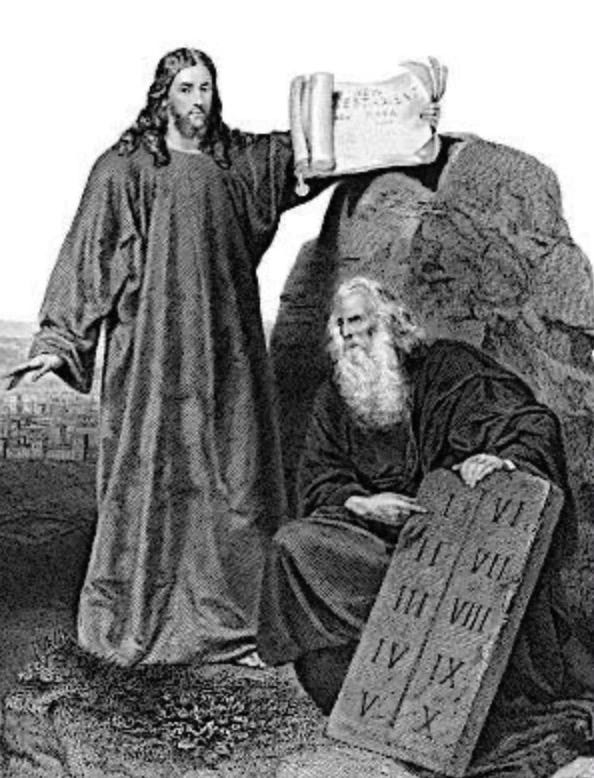On The War For Order
Girard, Augustine, and the End of Modern Desire
“If no one questions me, I know: if I would explain to a questioner, I know not.” - Augustine.
RESTLESS DESIRE
In every civilization’s final phase, there arises a strange convergence of anxiety and anticipation. Our age is no exception. In a time saturated with images and exhausted by ideologies, the modern West has become obsessed with its own collapse.…
Keep reading with a 7-day free trial
Subscribe to Healthy, Wealthy, & Wise to keep reading this post and get 7 days of free access to the full post archives.


